Premium Only Content
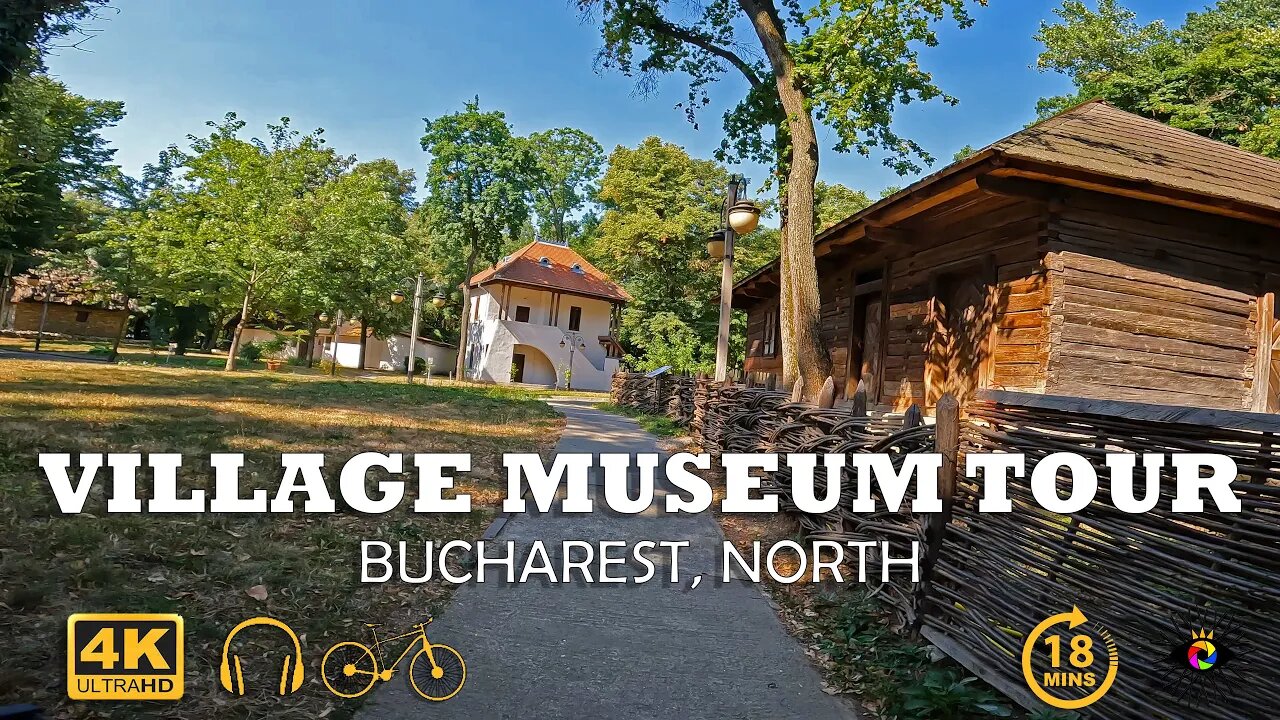
NATIONAL Village MUSEUM, BUCHAREST | 4k Virtual Tour | 🇷🇴
#virtualtour #indoorcycling #bucharest #bucuresti #bucarest #romania #citytour #cityscape #cyclingvlog #touristplace #discoverromania #cyclingworkout #cyclingaddict #urbancycling #museumtour
This video features a 4k virtual tour of the National Village Museum, in Bucharest. Closed Captions [CC] which include historical facts and descriptions are available in all languages.
CHAPTERS :
00:00 - Main exhibition
04:25 - New exhibition
08:37 - Main exhibition
13:20 - By the lake trail
14:39 - Lake view
15:10 - By the lake trail
16:53 - Back on the main road
===============================================================================
🌎Complete Playlist of Virtual Tours: https://www.youtube.com/playlist?list=PLdyvAxFyPXo89pj1Q1oPwDmmVURBP1l8h 🌎
🏔️ Mountain road descents : https://www.youtube.com/playlist?list=PLdyvAxFyPXo8XTKj8xega-31flwsiEaV_ 🏔️
🏞️ Park rides : https://www.youtube.com/playlist?list=PLdyvAxFyPXo-aF6HRtKwq17l1m1LKvf5b 🏞️
🏨 Urban rides : https://www.youtube.com/playlist?list=PLdyvAxFyPXo8uQ-gTaZ3b38SmrEC13pwq 🏨
🌳 Forest rides : https://www.youtube.com/playlist?list=PLdyvAxFyPXo8-7xZMAHzDJmQRP4Dx7ffy 🌳
📢 𝗣𝗹𝗲𝗮𝘀𝗲 𝗦𝘂𝗯𝘀𝗰𝗿𝗶𝗯𝗲! 📢 - youtube.com/channel/UCib-JDIHF_Btivu010jNd5g?sub_confirmation=1
===============================================================================
✔️JOIN US:✔️
➤TikTok: https://www.tiktok.com/@snailsonwheelz?lang=en
➤Instagram: https://www.instagram.com/snails_on_wh33ls/?hl=ro
➤Facebook: https://www.facebook.com/snailsonwheels
===============================================================================
INFO :
On the shores of Lake Herastrau, right in the middle of Romania's capital, visitors from all over the world have the joy of encountering a real "village", with monuments and artifacts from the 17th century to the early 20th century. Representative buildings from important ethnographic areas have been given a second life at the National Village Museum "Dimitrie Gusti".
The idea of an open-air museum in Romania has been around since the second half of the 19th century. In 1867 Alexandru Odobescu, an eminent man of culture, proposed the presentation of monuments of popular architecture in a specially designed pavilion at the Universal Exhibition in Paris. Sometime later, the scholar Alexandru Țzigara Samurcaș was to envisage bringing to the Ethnographic Museum of National Art, Decorative Art and Industrial Art in Bucharest, founded by him in 1906, some "authentic and complete households from all the most significant regions inhabited by Romanians", a project that materialized in 1909, with the exhibition in this museum of a peasant house from Gorj county.
In the 1930s, there were only two open-air museums in Europe: Skansen Museum in Stockholm (Sweden, 1891) and the Bygdoy Museum in Lillehamer (Norway). In our country, at that time, the Ethnographic Museum of Transylvania in "Hoia" Park of Cluj, founded in 1929 by Professor Romulus Vuia, with regional specificity, and the Romanian Village Museum (today the National Village Museum "Dimitrie Guști") in Bucharest, since 1936, with a national character.
The creation of the Village Museum is the result of intense and sustained theoretical and field research, of museographic experiments, for over a decade, coordinated by Professor Dimitrie Gusti, founder of the Sociological School in Bucharest. As head of the Department of Sociology at the University of Bucharest, Gusti organized between 1925-1935, with specialists from various fields (sociologists, ethnographers, folklorists, geographers, statisticians, physicians) and his students, monographic research campaigns of an interdisciplinary nature in a relatively large number of villages (Fundu Moldovei - Suceava county, Nereju - Vrancea county Dragus - Brasov county, Dragomiresti - Maramures county, Clopotiva - Hunedoara county, Runcu - Gorj county, Rusetu - Buzau county etc.).
In accordance with the criteria of authenticity and respect for local building traditions, which are still in force today, the construction of the museum was reassembled under the careful supervision of specialists, primarily Henry H. Stahl and Victor Ion Popa, craftsmen brought from the villages where the monuments originated.
The official opening of the Village Museum took place on 10 May 1936, in the presence of King Charles II, and a week later, on 17 May 1936.
Source : https://muzeul-satului.ro/en/despre-noi/istoric-muzeul-satului/
-
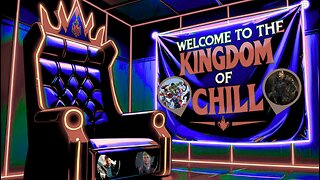 LIVE
LIVE
FoeDubb
35 minutes ago🏰KINGDOM MENU:🌳SESHYS 🎮PUBG PEW PEWS & 👑CHILL CONVO DILLY DILLY!!!
49 watching -
 5:59:00
5:59:00
dieseldesigns
6 hours agoCozy Building and Upgrading! // Lightyear Frontier
9.09K -
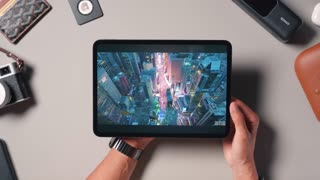 19:30
19:30
Oliur
3 days ago $0.68 earned14 must-have EDC travel essentials
10.1K -
 LIVE
LIVE
STGKAMZZ
3 hours agoKAMZ & STONER & CARAMEL & REAPER TAKE ON REBIRTH ISLAND * 4REAL 4LYFE
143 watching -
 10:19
10:19
nospeedlimitgermany
2 days ago $0.63 earnedBMW 335i Cabrio E93 | 306 PS | Top Speed Drive German Autobahn No Speed Limit POV
10.1K1 -
 16:56
16:56
World2Briggs
13 hours ago $17.19 earned11 Fastest Collapsing States in the United States… Leave NOW!
33.3K134 -
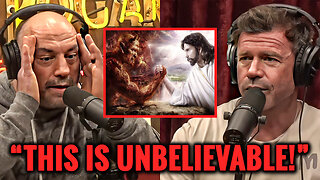 8:39
8:39
Faith Frontline
1 day agoJoe Rogan’s Mind Was Blown by THIS Bible Secret
42.1K68 -
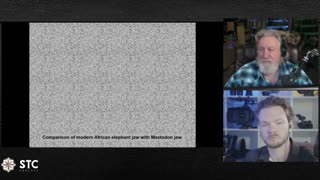 1:23:40
1:23:40
Squaring The Circle, A Randall Carlson Podcast
1 day ago#054 The Land Lost To The Flame - Squaring the Circle: A Randall Carlson Podcast
28.9K9 -
 34:39
34:39
Ohio State Football and Recruiting at Buckeye Huddle
1 day agoOhio State Football: Who Will be the Surprise Stars for the Buckeyes in 2025?
27.2K1 -
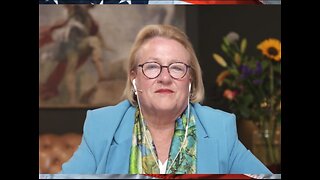 59:00
59:00
Greg Hunter's USAWatchdog.com
21 hours agoOmniwar - Weaponization of Everything – Catherine Austin Fitts
56.8K20